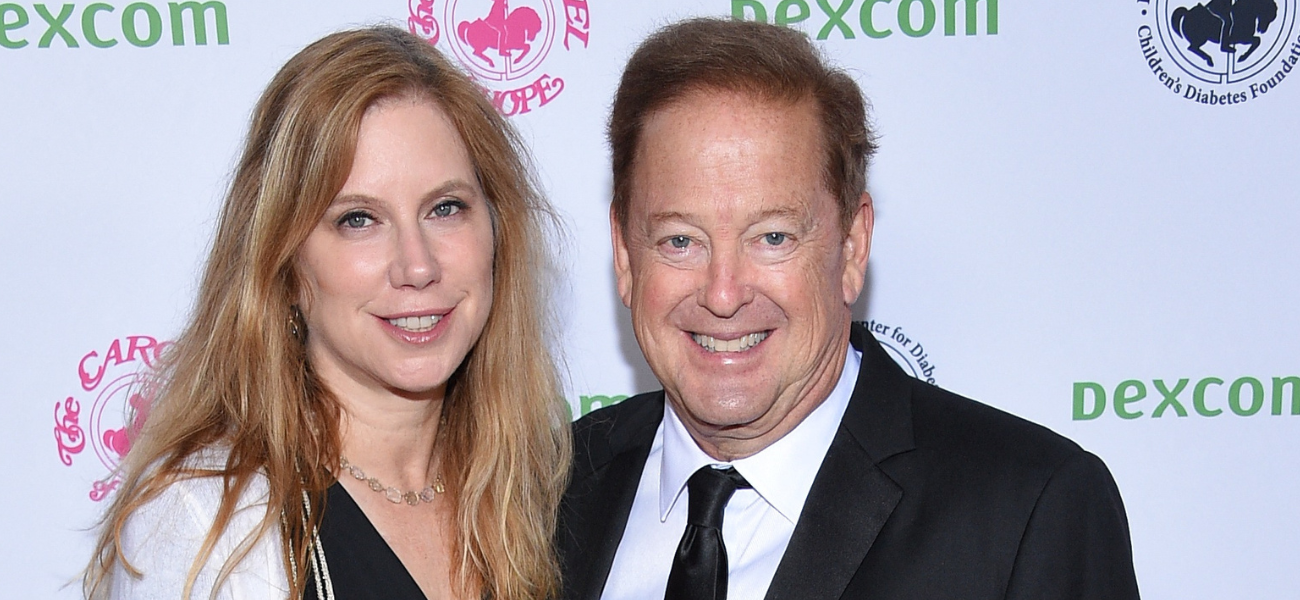Search results
News about Sam Rubin, KTLA, heart attack
News about Sean Burroughs, Sam Rubin, Gilbert Fontenette
News about Baby Reindeer, Foo Fighters, tribute
Also in the news
Mar 20, 2024 · By Mayo Clinic Staff. Sudden cardiac death is the swift and not expected ending of all heart activity. Breathing and blood flow stop right away. Within seconds, the person is not conscious and dies. Sudden cardiac death is different from sudden cardiac arrest (SCA). SCA is the sudden loss of heart activity due to an irregular heart rhythm.
- How Common Is Sudden Cardiac Death in Young people?Most deaths due to cardiac arrest are in older adults, particularly those with coronary artery disease. Cardiac arrest is the leading cause of deat...
- What Can Cause Sudden Cardiac Death in Young people?The causes of sudden cardiac death in young people vary. Most often, death is due to a heart abnormality.For a variety of reasons, something causes...
- Can Sudden Death in Young People Be Prevented?Sometimes. If you're at high risk of sudden cardiac death, your doctor will usually suggest that you avoid competitive sports. Depending on your un...
- Who Should Be Screened For Sudden Death Risk Factors?There's debate in the medical community about screening young athletes to attempt to identify those at high risk of sudden death.Some countries suc...
- Should Young People With A Heart Defect Avoid Physical Activity?If you're at risk of sudden cardiac death, talk to your doctor about physical activity. Whether you can participate in exercise or sports depends o...
Jul 9, 2021 · 2. Causes of Sudden Death. The most prevalent cause of death in the case of SD is related to cardiovascular diseases; nevertheless, when a subject suddenly dies, and the pathologist after the post-mortem examination is not able to identify abnormalities of the cardiac anatomy, a variety of conduction abnormalities without morphological evidence visible at autopsy may be suspected.
- Francesco Sessa, Massimiliano Esposito, Giovanni Messina, Giulio Di Mizio, Nunzio Di Nunno, Monica S...
- 10.3390/healthcare9070870
- 2021
- Healthcare (Basel). 2021 Jul; 9(7): 870.
Sep 4, 2023 · Sudden cardiac death (SCD) is a sudden, unexpected death caused by a change in heart rhythm (sudden cardiac arrest). It is the largest cause of natural death in the U.S., causing about 325,000 ...
People also ask
What is sudden cardiac death?
How is sudden cardiac death different from sudden cardiac arrest (SCA)?
What is a sudden death?
What is a sudden cardiac arrest (SCD)?
- Overview
- How do doctors define SDS?
- Are there symptoms or warning signs of SDS?
- What causes SDS?
- What are the risk factors for SDS?
- Is prevention possible?
- Frequently asked questions
- Summary
Sudden death syndrome (SDS) is a broad term that can describe any sudden, unexpected death from natural causes. It is not a formal condition or diagnosis and does not necessarily indicate a specific medical condition.
Sudden death syndrome (SDS) is an umbrella term for many biological scenarios leading to quick-onset and unforeseen mortality. The person involved often has little to no warning signs of illness. Even after death, an autopsy may not reveal obvious abnormalities.
SDS is not a formal diagnosis: no set criteria universally define sudden death.
However, a 2023 article suggests that many experts have adopted the World Health Organization’s (WHO) definition.
There is no standardized list of symptoms in SDS. Since SDS is not a single illness or disease, symptoms, if any, can vary significantly depending on the underlying cause.
For example, in the case of SCD, warning signs may be similar to any heart complication. Almost half of people report no symptoms of SCD. However, if symptoms are present, they may include:
•palpitations
•dizziness
•chest discomfort
•shortness of breath
Numerous known and unknown processes in the body can contribute to SDS. However, cardiovascular disease plays a major role overall.
Sudden cardiac death (SCD) is the most common cause of SDS. It is a widely inclusive term that can describe a variety of cardiovascular events, such as:
•sudden arrhythmia death syndromes (SADS), genetic heart conditions that alter the heart’s electrical activity, potentially causing sudden cardiac arrest
•heart attack
•coronary spasm
•anomalous coronary origin, a coronary artery that has an abnormality
Due to the number of conditions that can lead to SDS, individual risk factors vary significantly.
Because SCD is the most common cause of SDS, its risk factors are among the most well-known. These include the general risk factors for adverse cardiac events, such as:
•heavy alcohol consumption
•tobacco use
•physical inactivity
•obesity
It may be possible to prevent SDS through chronic disease management and lifestyle changes.
For example, people at high risk of cardiovascular events can reduce their risk with lifestyle modifications and medical treatments.
Proactive disease management can also be important in preventing SDS.
For someone living with a life-threatening allergy, carrying an emergency epi-pen is one way to prevent sudden death. Similarly, for certain asthma conditions, an emergency inhaler may save a person’s life.
How common is SDS?
Sudden deaths in the United States may account for between 150,000 and 450,000 deaths annually.
Is SDC painful?
SDC may be accompanied by pain or discomfort immediately before heart function stops.
What is the most common underlying condition of SCD?
Coronary artery disease is one of the most common underlying conditions in SCD. It accounts for approximately 80% of sudden cardiac arrests.
SDS is not a formal diagnosis. It is an umbrella term that describes unexpected, sudden, natural causes of death.
SCD is the most common cause of SDS. However, other conditions can also cause SDS, such as epilepsy, cerebral hemorrhage, and asthma.
Dec 27, 2023 · Sudden cardiac death in athletes is rare (about 1 to 6 in 100,000 athletes younger than 35). In people 35 and older, the cause of sudden cardiac death is more often related to coronary artery disease. Besides coronary artery disease and arrhythmia, other sudden cardiac death causes include cardiomyopathy from having: Alcohol use disorder. Obesity.
Jun 13, 2019 · Sudden death syndrome (SDS) is a loosely defined umbrella term for a series of cardiac syndromes that cause sudden cardiac arrest and possibly death. Some of these syndromes are the result of ...
Jan 19, 2023 · Sudden cardiac arrest (SCA) is the sudden loss of all heart activity due to an irregular heart rhythm. Breathing stops. The person becomes unconscious. Without immediate treatment, sudden cardiac arrest can lead to death. Emergency treatment for sudden cardiac arrest includes cardiopulmonary resuscitation (CPR) and shocks to the heart with a ...



